Introduction
A reliable fixed blade knife is essential for outdoor activities and survival situations. This article highlights the top fixed blade knives for camping, hunting, and survival. Fixed blades offer durability and versatility for various tasks. They are also easy to maintain, making them ideal for wilderness use.
Why Choose a Fixed Blade Knife for Outdoors?
Fixed blade knives have several advantages for outdoor use:
- Strength and durability. Fixed blades can handle heavy tasks like chopping wood, clearing brush, and skinning game without breaking. Their solid construction makes them suitable for survival scenarios.
- Versatility. The exposed blades and sturdy designs of fixed knives allow them to be used for cutting, slicing, chopping, digging, and other purposes. They can perform many tasks required for camping, hunting, and survival.
- Easy maintenance. Fixed blade knives do not have folding parts, pivots or locks that can trap dirt and debris. They are simple to clean, sharpen, and care for in the field. But you still need this 16 TIPS for caring your knife.
Key Features to Consider in a Fixed Blade Knife for Outdoor
When selecting a fixed blade knife for outdoor activities, it's essential to consider several key features that contribute to the knife's overall performance and suitability for various tasks. Here's a brief table outlining these critical factors and why they're important for outdoor use:
| Feature | Importance for Outdoor Use |
|---|---|
| Blade Material | Determines the knife's durability, sharpness retention, and resistance to corrosion. Stainless steel is more resistant to rust, while carbon steel typically holds an edge better. |
| Handle Material and Ergonomics | Affects grip, comfort, and overall feel when using the knife. Materials like G-10 and Micarta are popular for their durability and grip, while ergonomic designs ensure comfortable use during extended periods. You can custom your handle easily. |
| Blade Length and Design | Impacts the versatility of the knife in performing various tasks. Drop point and clip point blades are popular choices for their balance of cutting ability and tip strength. |
| Sheath Options and Attachment Methods | Ensures secure storage and easy access to the knife. Look for sheaths that offer multiple attachment options (e.g., belt, MOLLE), as well as durable materials like Kydex or reinforced nylon. |
By considering these essential features when choosing a fixed blade knife, you can ensure that you select a reliable and versatile tool for your outdoor adventures.

Tips and Tricks for Camping with a Fixed Blade Knife
A fixed blade knife is useful for various camping tasks, including:
- Fire starting. Use your knife to create wood shavings, tinder, and kindling for starting a fire. Strike the back of the blade against a ferro rod to create sparks.
- Food preparation. A fixed blade knife works well for slicing vegetables, cutting meat, spearing food over a fire, and spreading peanut butter or jam.
- Shelter building. Use your knife to cut branches, clear brush, stake tent pegs into the ground, and trim cordage for shelter construction.
- Self defense. As a last line of defense in the wilderness, a fixed blade knife can be used to deter aggressive animals or dangerous humans if necessary. But non-lethal deterrents should always be attempted first.
Highly rated fixed blade knives for camping include those from ArtisanCutlery, which offers several models optimized for bushcraft and survival. Their full tang knives have high carbon steel blades and handle materials like G10 that stand up to heavy use. For camping, their smaller, lightweight models with drop point or clip point blades are ideal.

Tips and Tricks for Hunting with a Fixed Blade Knife
Fixed blade knives are useful for various hunting tasks, including:
- Field dressing. Use your knife to open the abdomen, removing the entrails. Make shallow cuts around the anus and sex organs, then slice from throat to tail.
- Skinning. Carefully slice between the fat and skin, then use your fingers to separate the skin from the carcass. Work slowly around areas with thinner skin.
- Quartering. Separate the carcass into front and rear halves, then split each half into two quarters for easier transport and storage. Cut along major joints.
- Butchering. Once back at your camp or home, use your knife to cut the carcass into major parts—shoulders, loins, legs, etc. Remove scraps and slice meat into steaks or chunks as desired.
Reliable fixed blade hunting knives include those from ArtisanCutlery. Their larger models with gut hooks, like the Camel Bone or Buffalo Horn knife, are well-suited for field dressing big game. Their catchy drop point blades also work great for detail tasks. Look for a full tang, high carbon steel blade with an ergonomic handle for control.
Tips and Tricks for Survival with a Fixed Blade Knife
In a survival situation, a fixed blade knife is useful for various tasks, including:
- Shelter building. Cut branches, foliage, and cordage needed for basic survival shelters like the debris hut, lean-to, or teepee.
- Firecraft. Use your knife to scrape away bark for tinder, carve wood shavings and kindling, and strike sparks from a ferro rod.
- Self defense. As an absolute last resort, a fixed blade knife may be used to deter aggressive animals or dangerous humans in a survival scenario. But non-lethal defense is always preferable if possible.
- First aid. Use a sterilized knife to cut bandages and cloth, remove splinters, and perform basic care for injuries like blisters, sprains, or fractures.
- Food acquisition. Employ your knife to craft basic tools for hunting, fishing, and foraging. Spear fish, field dress small game, cut vines to reach fruit, etc.
- Signaling. Use your knife to cut vegetation for distress signals that will alert search crews to your location. Three of anything—fires, panels, cleared areas—is the universal SOS signal.
Reliable survival knives include those from ArtisanCutlery. Look for a full tang knife with a 4 to 6-inch drop point blade, fire starter notch, and versatile handle material. Stainless steel blades resist corrosion but require more frequent sharpening. High carbon steel blades hold an edge better but require maintenance to prevent rust. A sturdy sheath and belt attachments are also important for survival use.
Knife Care and Maintenance Tips for Outdoor, Camping, and Hunting
To keep your fixed blade knife in working order for outdoor and survival use, follow these tips:
- Clean and dry the blade after each use to prevent rust. Wipe away dirt and debris, then oil the blade lightly.
- Sharpen the blade periodically to maintain a sharp cutting edge. Use a whetstone and lubricating honing compound, applying even pressure at a 15° angle.
- Condition the handle to prevent drying out or cracking. Apply beeswax, linseed oil, or wax sealant, especially for wood handles.
- Care for the sheath by cleaning, conditioning, and replacing straps as needed. Never store a knife in a sheath long-term.
- Avoid extreme blade angles when cutting to prevent chipping. Chop wood only when necessary, not as a recreational activity.
- Always sheath and stow your knife securely when not in use to avoid injury or loss. Keep knives out of the reach of children.
- According to our folding knife expert A. G. Russell, "A knife takes abuse and needs care. Treat your knife with respect and it will serve you well." Proper maintenance will keep your fixed blade companion in working order for all your outdoor adventures.
Conclusion
With a quality fixed blade knife and the skills to use it properly, the wilderness holds no fear. Evaluate your needs and select a knife that suits your intended activities. Maintain it well, learn essential techniques, and your knife will always be there when you need it—whether camping in the mountains, hunting in the forest, or surviving in the wild. But remember, a knife is a tool to be handled with care and respect at all times.


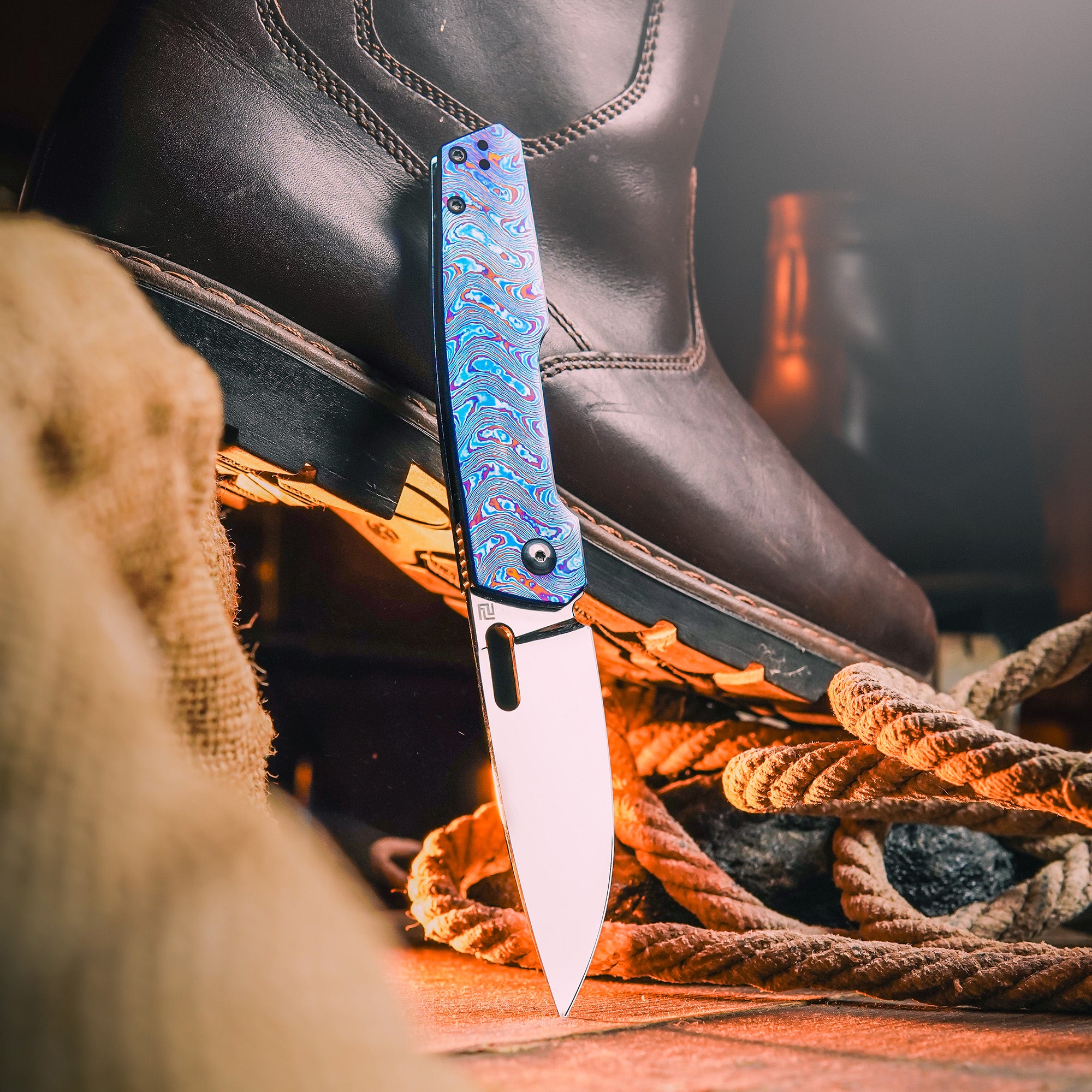
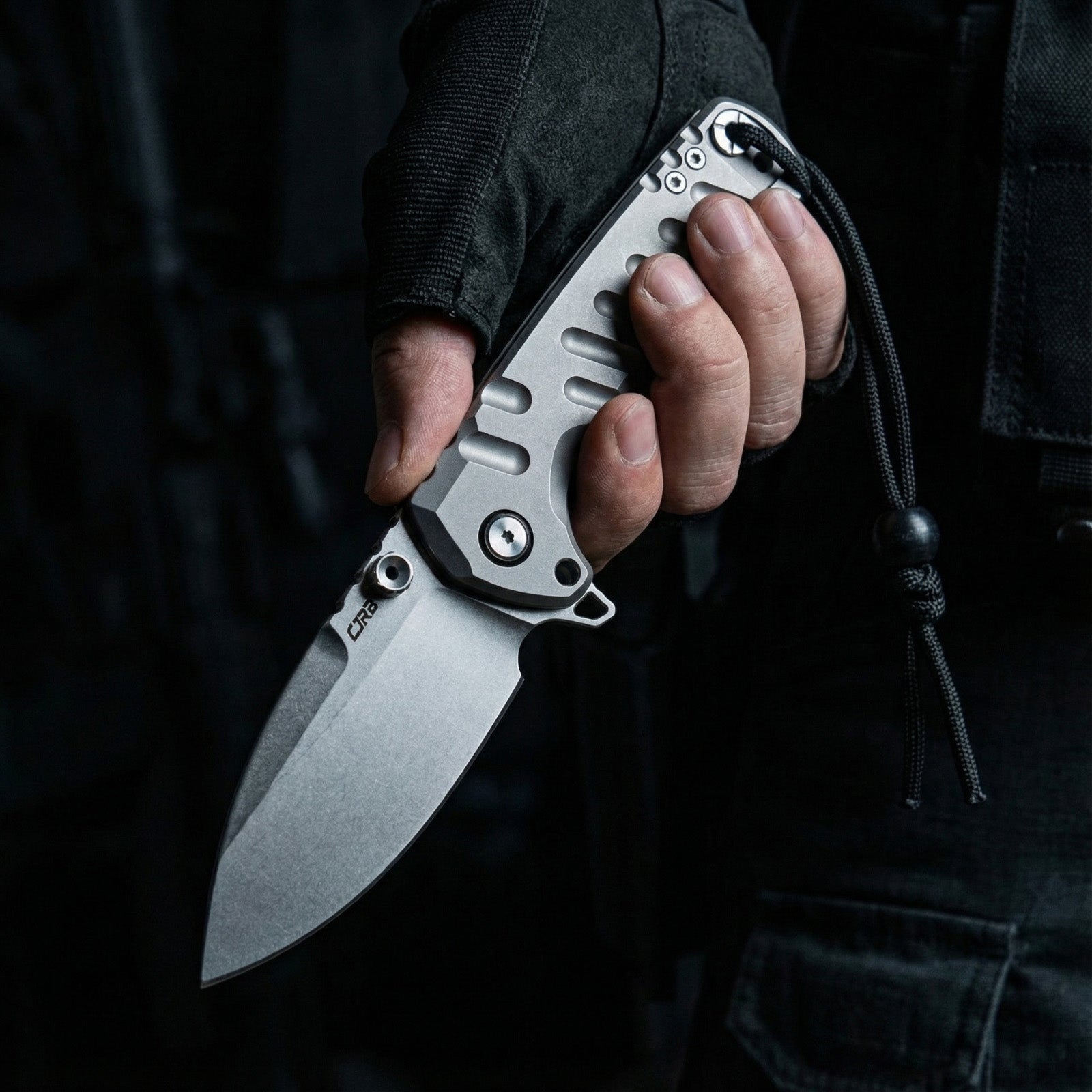
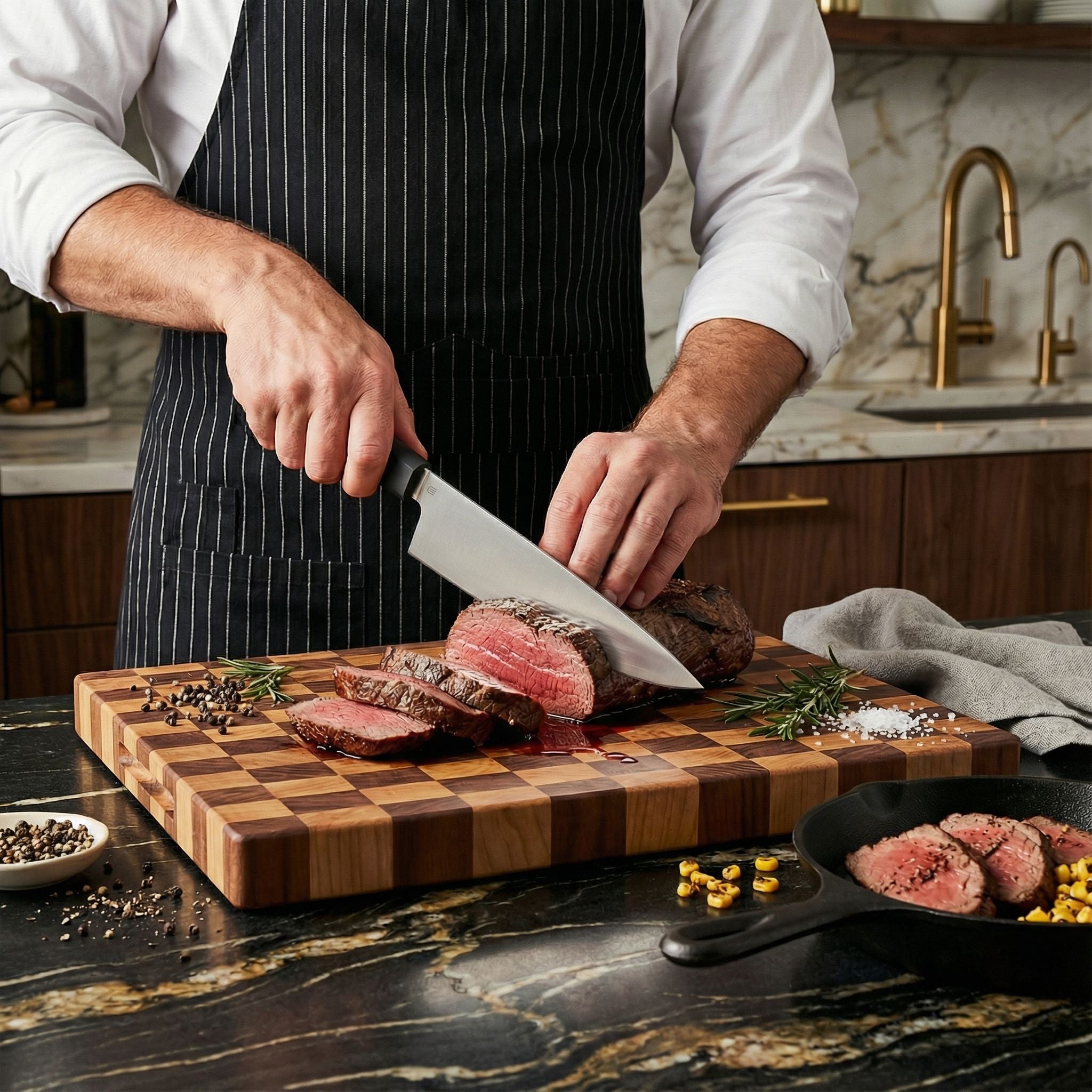

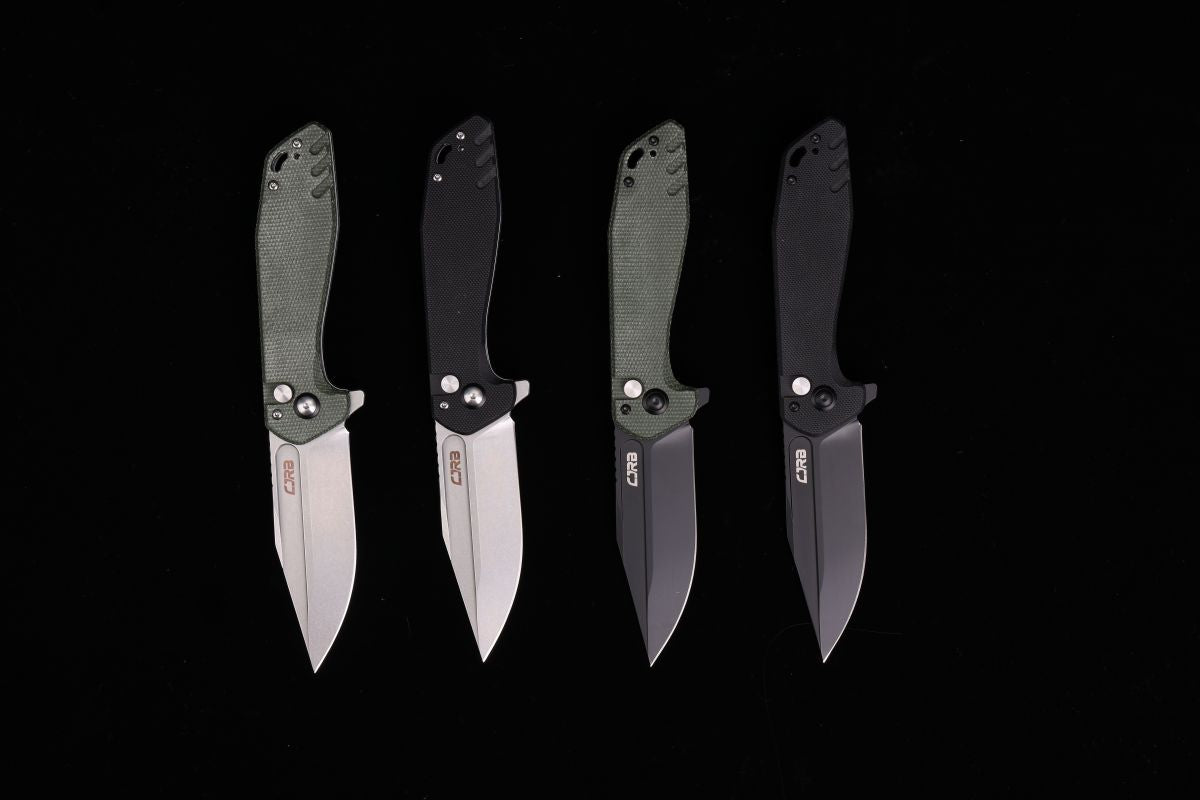
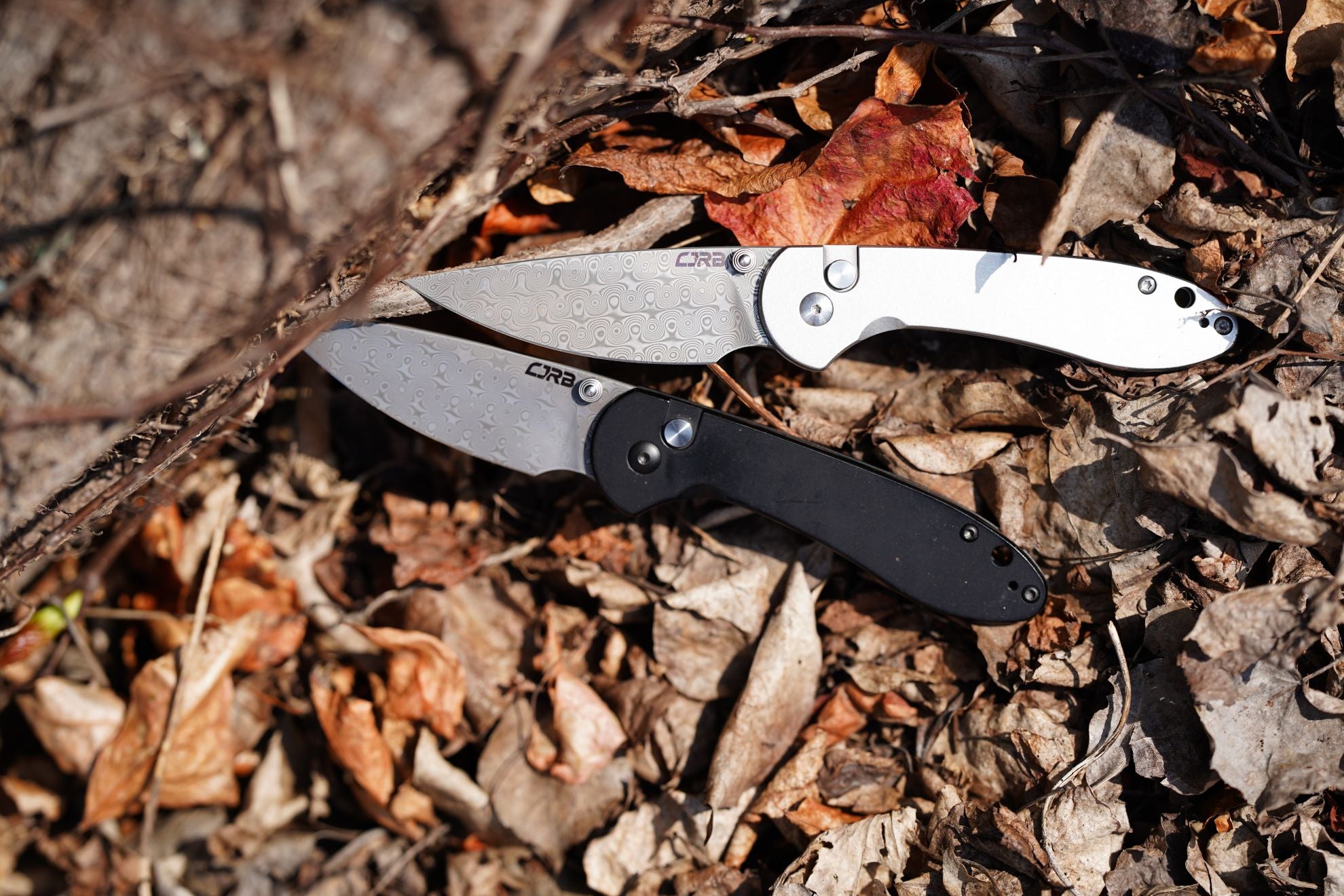


Leave a comment
All comments are moderated before being published.
This site is protected by hCaptcha and the hCaptcha Privacy Policy and Terms of Service apply.